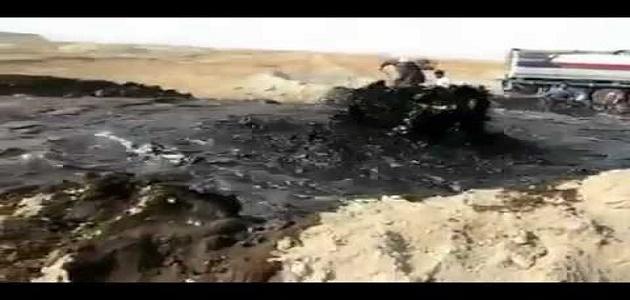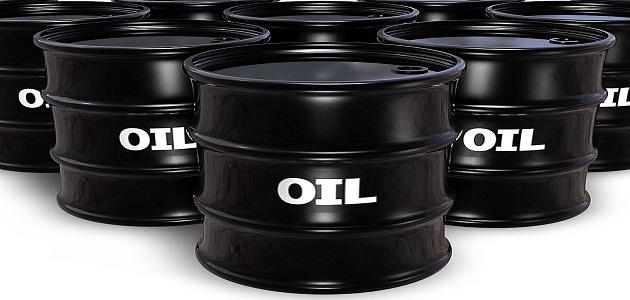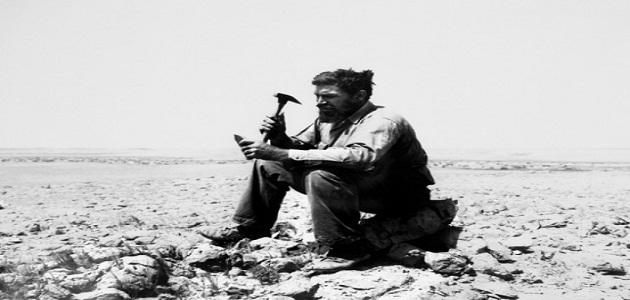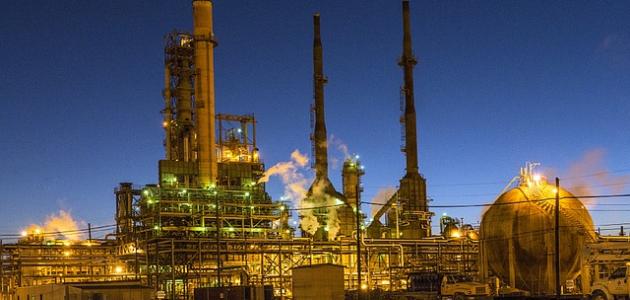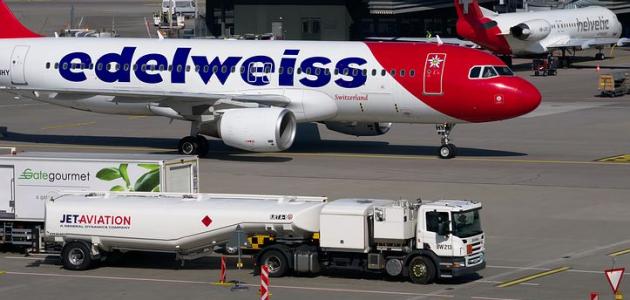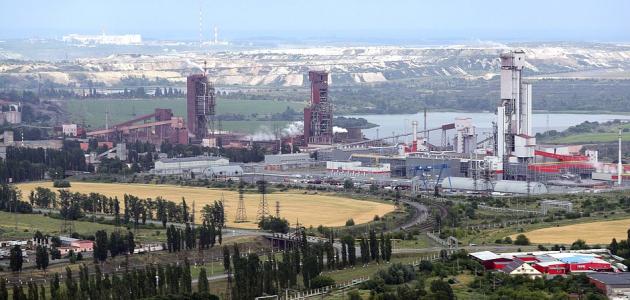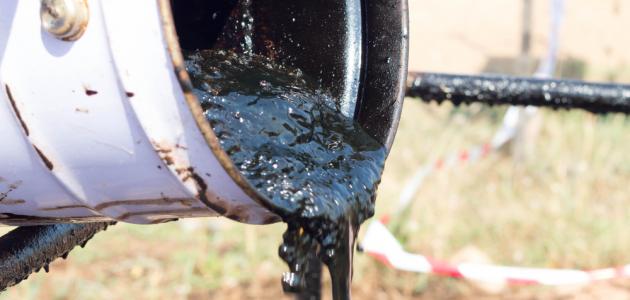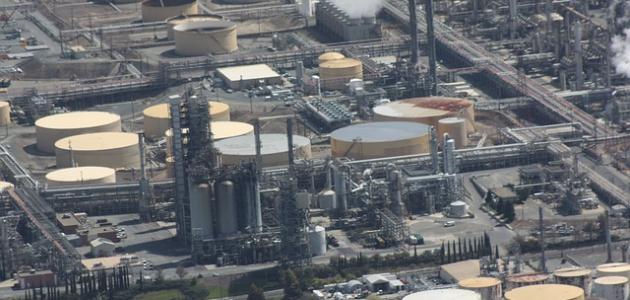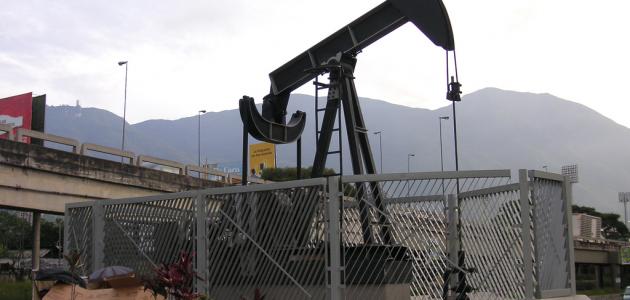Petroleum extraction method
Locating petroleum
Oil can be extracted from the ground after accurately determining the locations of the oil and the possibility of accessing it, by conducting a comprehensive geological survey, where a team of geologists, using seismic detectors, search for natural structures that are considered to be oil reservoirs, and the process of finding oil is considered Extremely complex and expensive at the same time, crude oil is often found in remote places such as deserts, forests, or the Arctic.
Drilling in the ground
This step includes the use of a standard technology to cause an explosion in the ground, in order to monitor the earthquake that results from this explosion, with the aim of being able to monitor geological structures under the surface of the earth. After that, wells are drilled in places where the presence of crude oil is observed, and it must be ensured that the process Extraction is carried out in an economically feasible manner, and specialists follow several steps during the excavation process, which are as follows:
- Drilling deep into the ground using an oil drilling rig.
- Providing structural support for the well by placing high-strength iron pipes inside the hole.
- Making holes at the base of the well to facilitate the transportation of oil to exploration sites.
- Control the upward flow of oil by installing special valves.
Crude oil transportation
The oil is transported to a refinery that converts it into products and materials useful for human use. These products can be transported via pipelines, or by land, railways, or boats around the coast, or along rivers and canals. Specialized ships are also used to transport oil. These tankers can accommodate an estimated 100,000 barrels to more than 2,000,000 barrels.
Read also:The largest gas exporting country